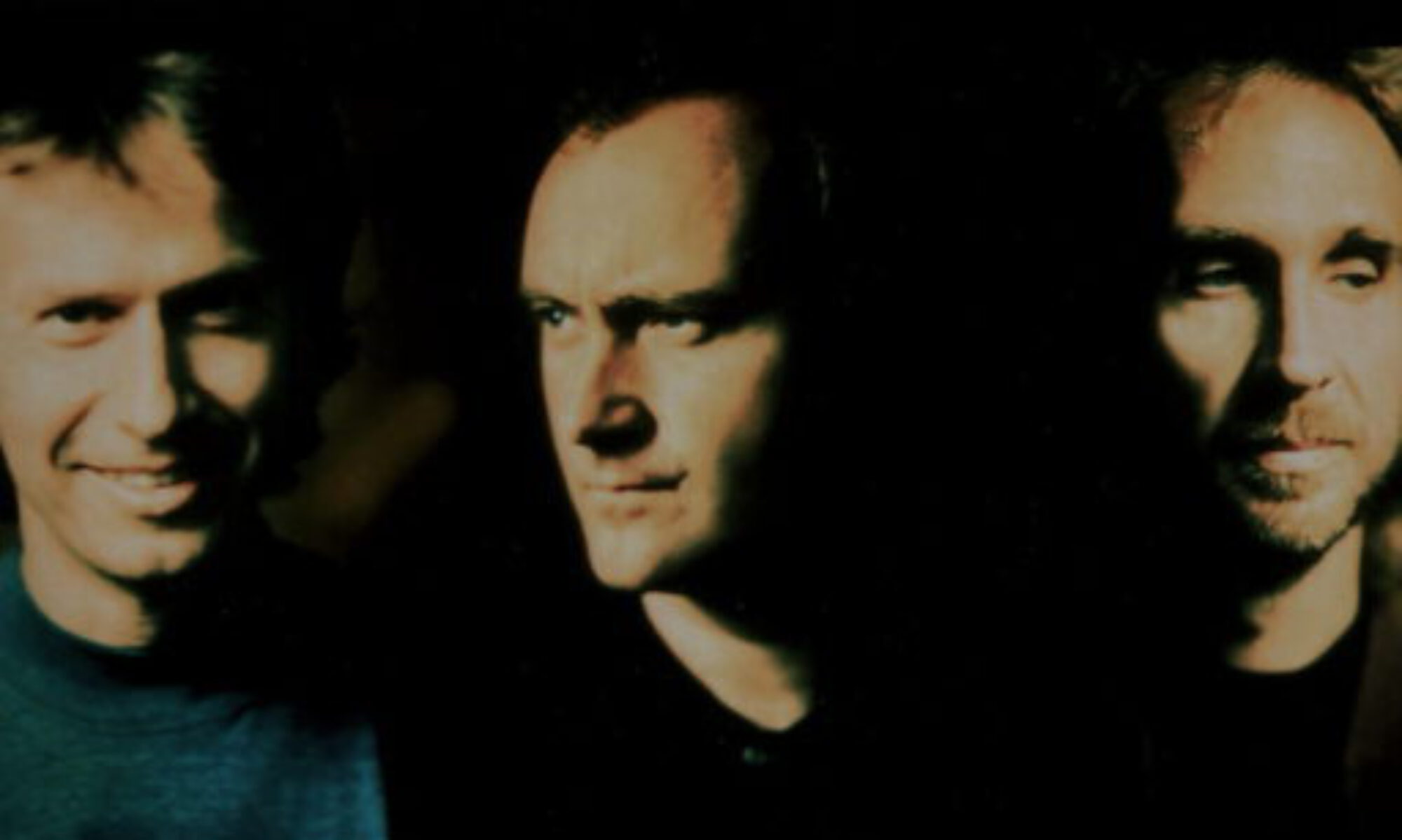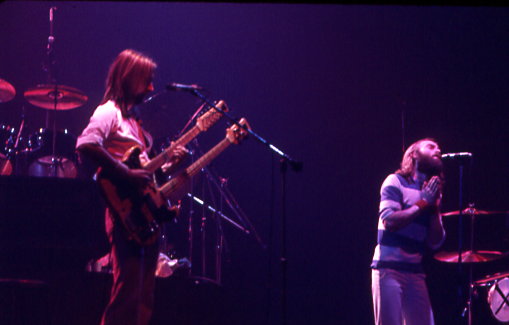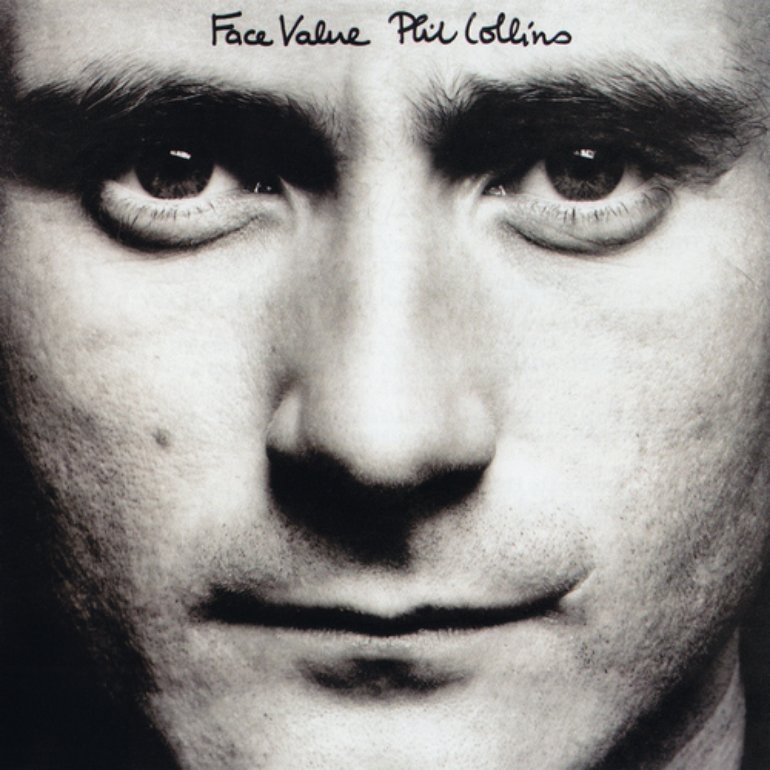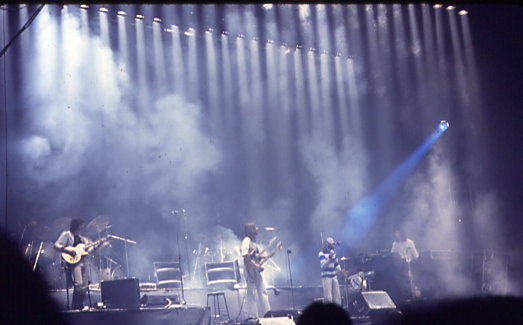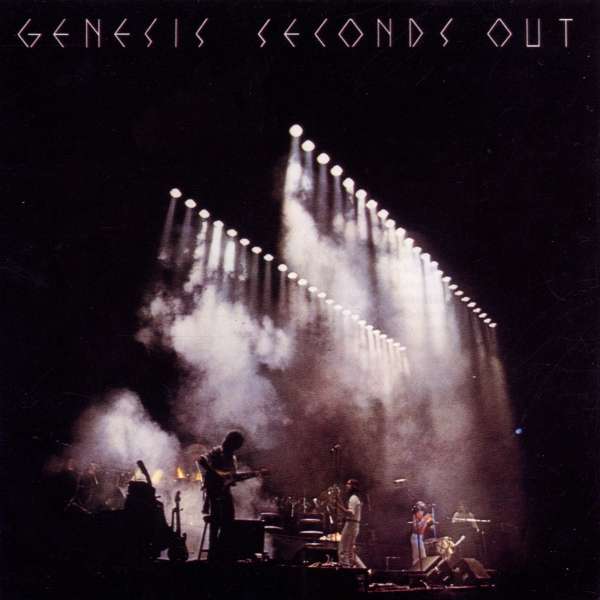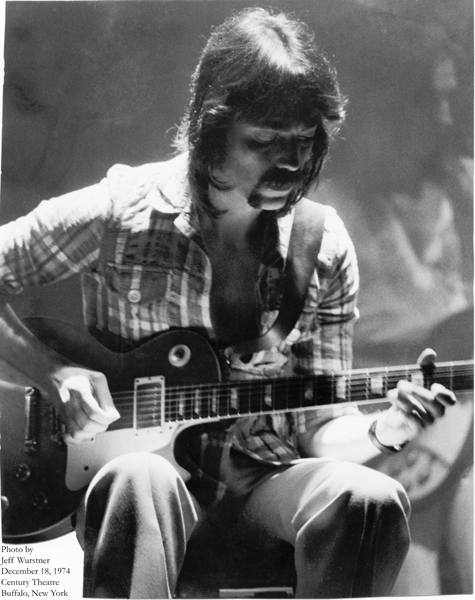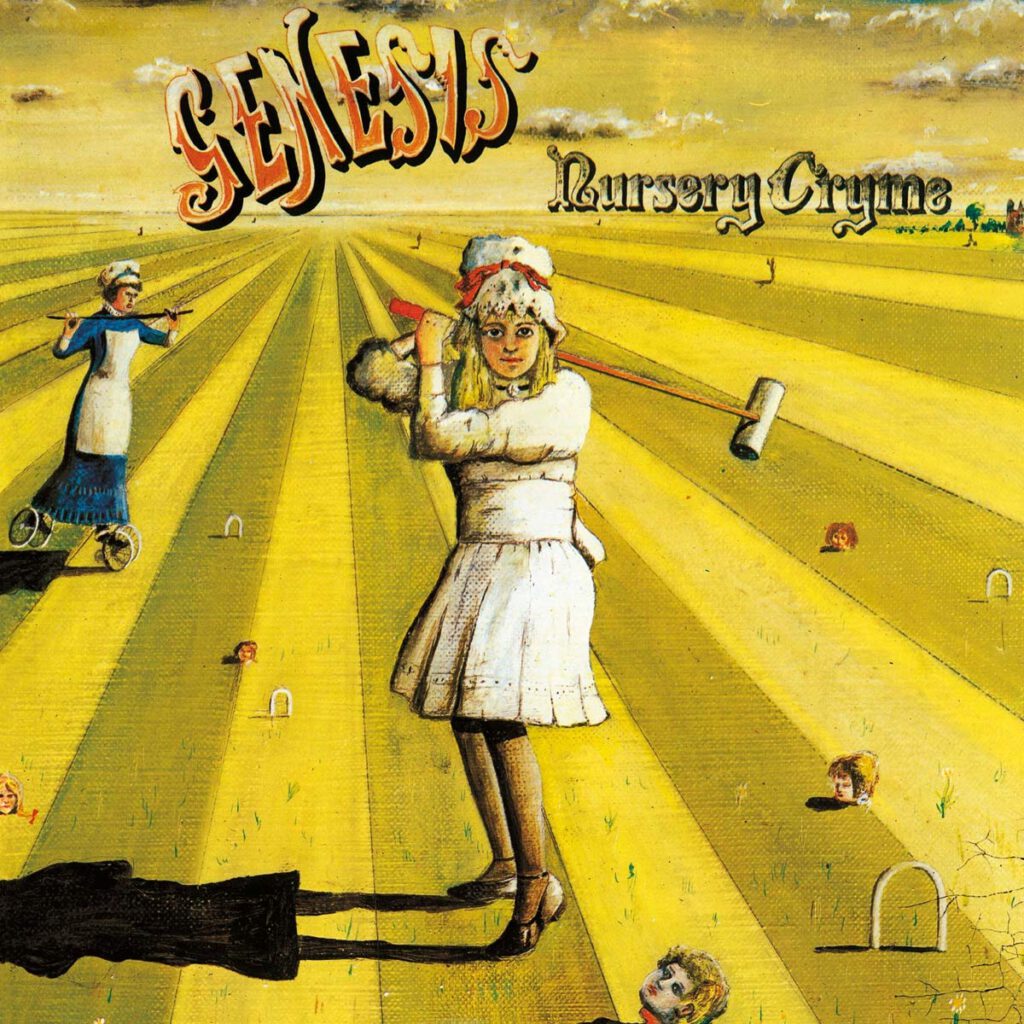In 1975, Peter Gabriel left Genesis. After unsuccessfully auditioning for a new singer, drummer Phil Collins took over and sang on A Trick of the Tail* (1976), the first album after Gabriel’s departure. Still, he did not want to sing on the following tour. This is the story of how he became Genesis frontman.
Phil Collins did not want to be the singer
The album A Trick of the Tail was a huge success, showing that Genesis could survive the loss of their lead singer Peter Gabriel. Phil Collins demonstrated his singing skills and his variety of range on heavy tracks like ‘Dance On A Volcano’ and softer songs like ‘Ripples’.
Purchase A Trick of the Tail here on Amazon*

There was still a problem: Phil Collins did not want to be the singer. He wanted to be the drummer, which for him was the most respectable part of the group. ‘I’ve always felt the singer was the cheapest gig in the band, ’cause all they had to do was look good and wiggle their bum,’ Phil said. ‘I always wanted the most respectable part in the group, which was of course the drummer.’1 When the band planned to tour the new album, he became very reluctant. He agreed to sing if he found someone whom he could trust as a drummer.
His mate Bill Bruford of Yes became drummer for the upcoming Genesis tour and Phil properly became Genesis frontman. Their first gig was in London, Ontario, on 26 March 1976.
Could he replace Peter Gabriel?
Having listened to A Trick of the Tail, the audience knew that Phil Collins could sing. Also, there was no need to worry if he was able to sing the older songs. Peter Gabriel and him not only had similar voices, Phil had also accompanied Peter as a backing vocalist. There was no doubt or problem when Phil Collins approached tracks like ‘The Lamb Lies Down On Broadway’, ‘Firth Of Fifth’ or the epic fan favourite ‘Supper’s Ready’.
Also, the new songs were received very well. On ‘Robbery, Assault & Battery’, Phil showed his acting skills from drama school and brought the Victorian story to life onstage. The instrumental ‘Los Endos’ became even more adventurous than on record when it was played with two drummers.
The addition of Bill Bruford was the right decision at that point. Having played with Yes, he was a well-known drummer in the progressive rock world. Also, to have two drummers onstage was something new for Genesis and added a new dimension to the music. On later tours, they would bring the double-drumming to perfection, when Phil played with Chester Thompson. Whereas Bill and Phil played more against each other, Chester and Phil played with each other.
A happy audience welcomed the ‘new’ singer
The audience wanted this line-up to work and they welcomed the ‘new’ singer enthusiastically because he came from within the group.
They also liked Phil’s down-to-earth approach combined with a bit of Pythonesque humour. In fact, the band seemed more relaxed onstage and the focus was not only on the frontman, but also on the other members. On ‘I Know What I Like’, Phil involved them by putting funny hats on their heads and singing together with Mike Rutherford into the microphone. He also invented his famous tambourine dance.
Whereas Peter was the mysterious traveller, Phil was the bloke next door. He did not tell strange stories but communicated with the audiences directly. Peter Gabriel often stated that he was happy when Phil replaced him. He knew that technically he was a better singer and he also knew that Phil’s communication with the audience would work.
And he was right. Although Phil was nervous on this first show in London, Ontario, this approach worked – the band went on with him as lead singer since then, only with a short interruption in the 1990s when Phil also left the group and Ray Wilson took over. But this is another story.
Title photo: Mike Rutherford and Phil Collins of Genesis in 1977. Source: Wikimedia Commons, Jean-Luc Ourlin from Toronto ontario, Canada / CC BY (https://creativecommons.org/licenses/by/3.0)
* = affiliate link
